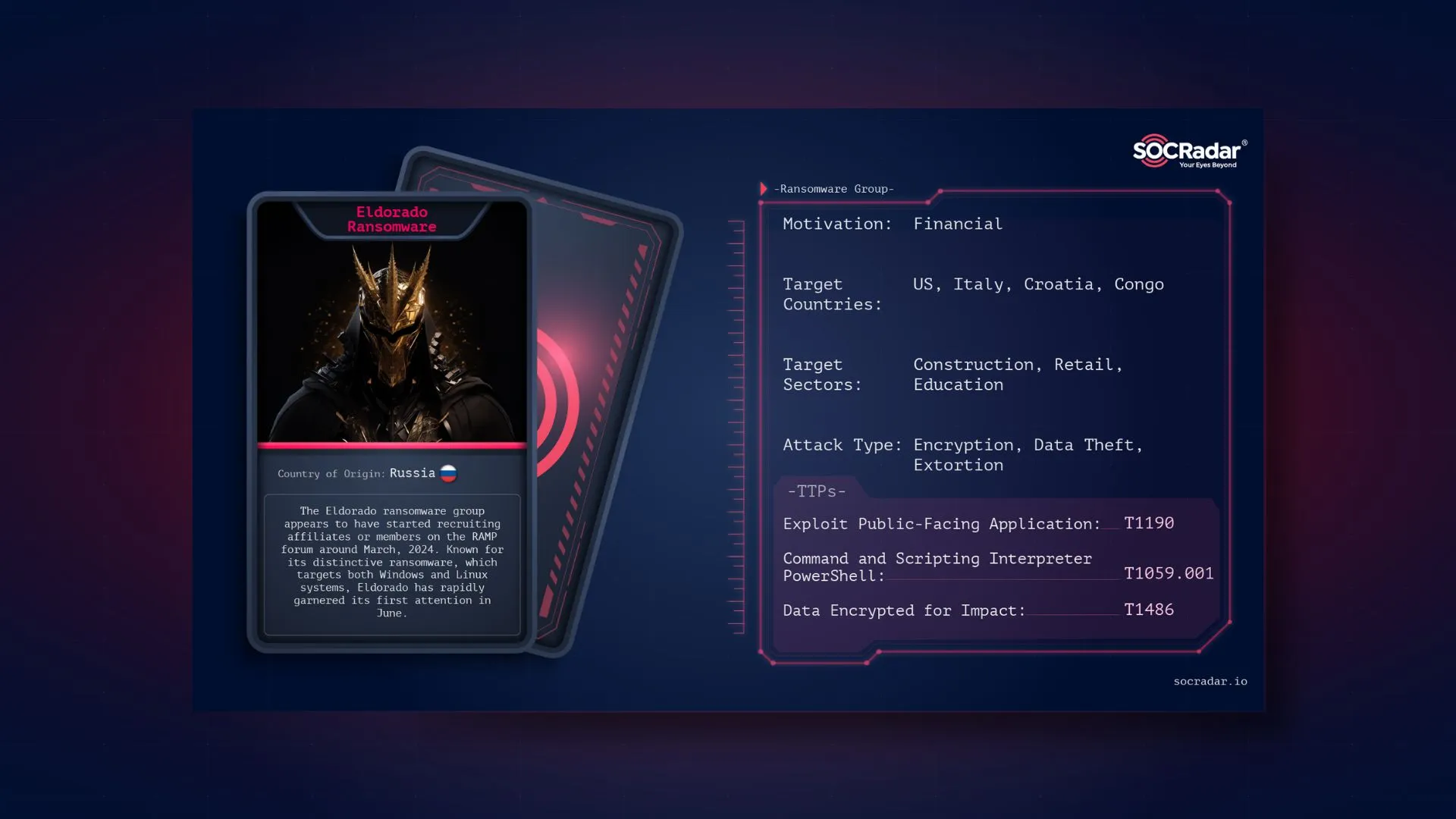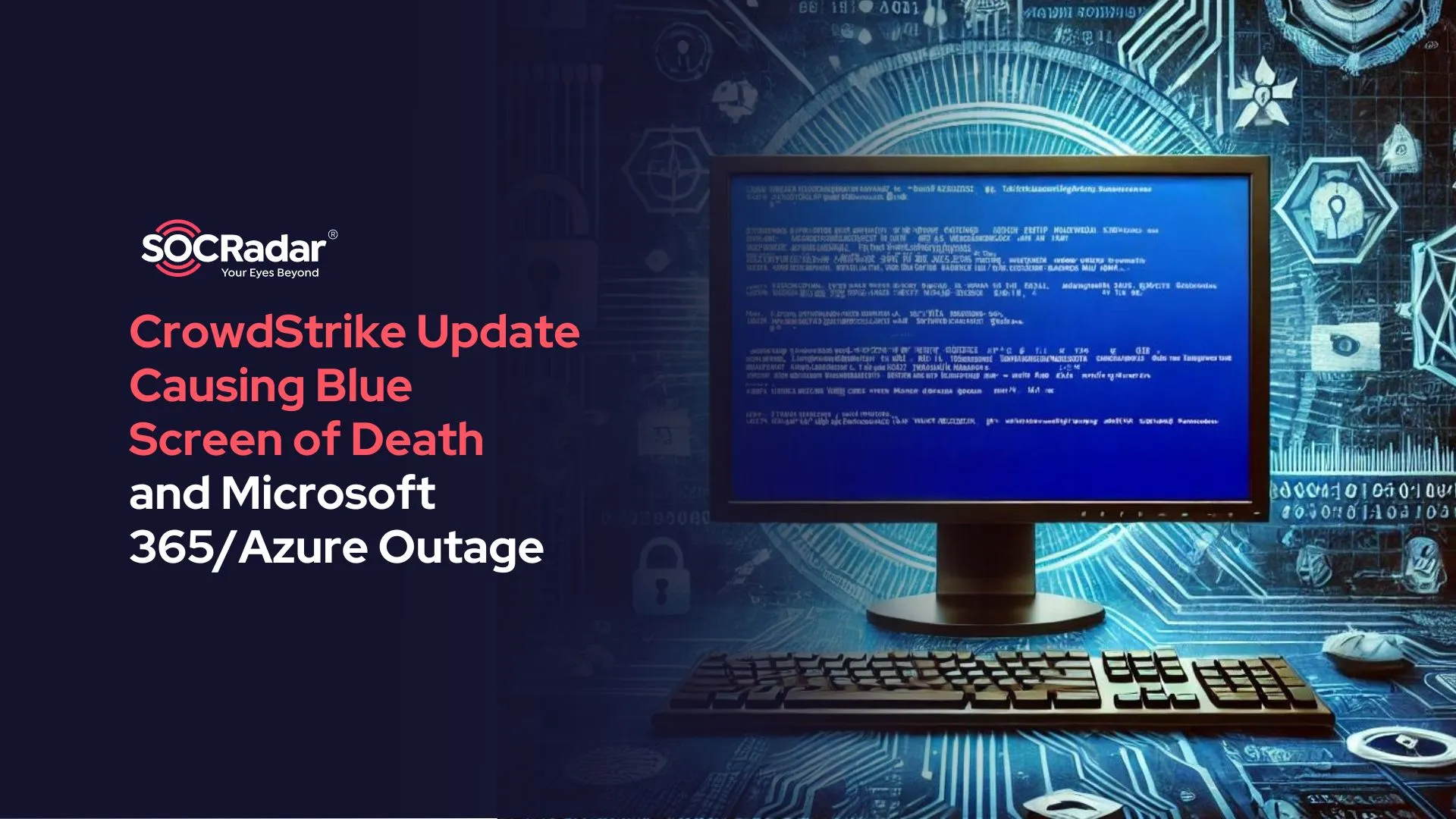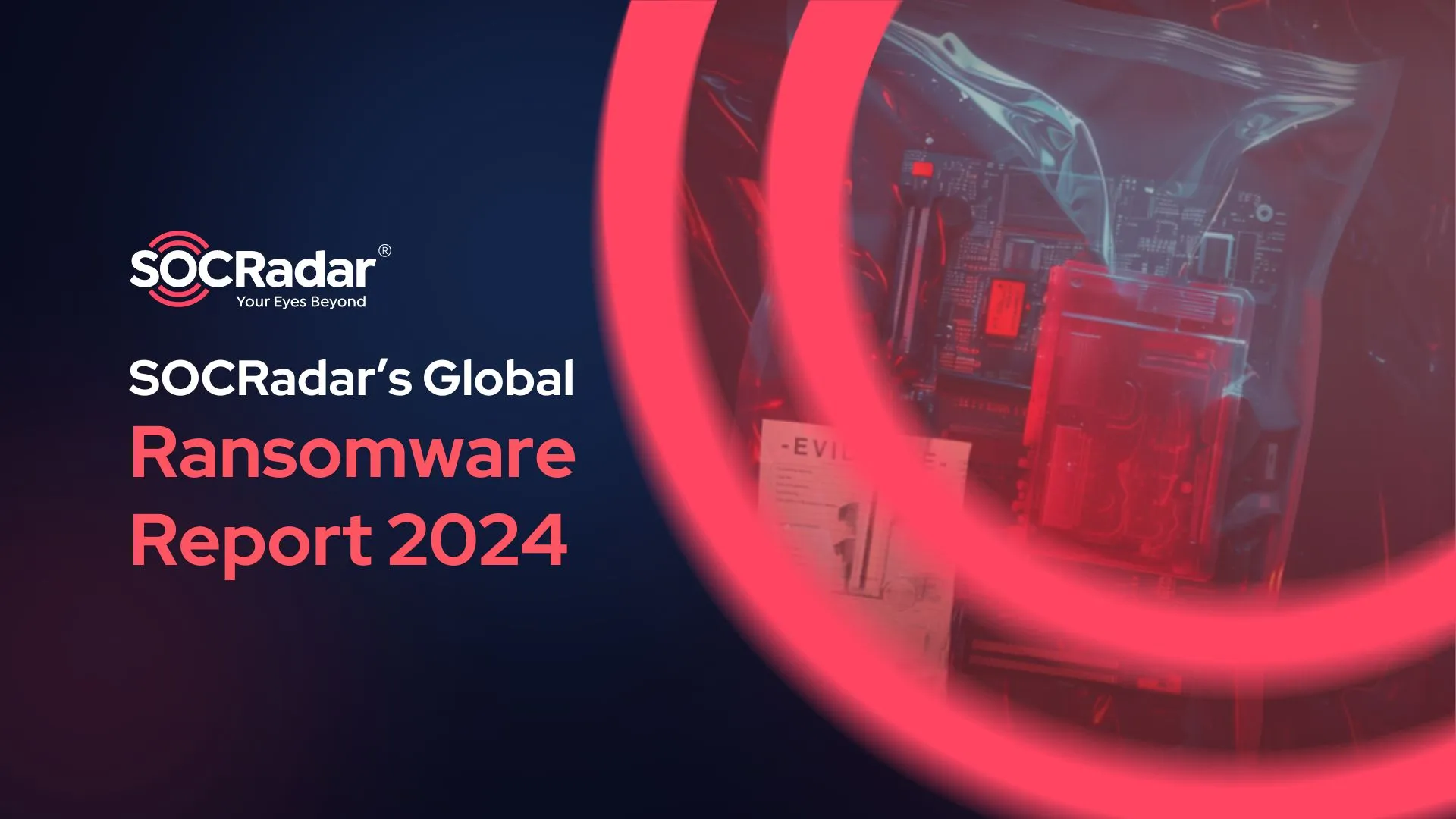
Google’s Solution to Cookie Theft: New Device-Bound Cookies
Google’s Solution to Cookie Theft: New Device-Bound Cookies We seamlessly surf the web, switch between websites, interact with various contents, and session cookies do their work in the background qui...

Dark Web Profile: Eldorado Ransomware
Dark Web Profile: Eldorado Ransomware The Eldorado ransomware group, which reportedly emerged in March, operates a new Ransomware-as-a-Service (RaaS) platform featuring locker variants specifically de...

Major Cyber Attacks Targeting the Finance Industry
Major Cyber Attacks Targeting the Finance Industry The finance industry is an attractive target for cybercriminals due to the large amount of sensitive data and financial assets at stake. Over the pas...

Docker Fixed an AuthZ Bypass Flaw Leading to Privilege Escalation: CVE...
Docker Fixed an AuthZ Bypass Flaw Leading to Privilege Escalation: CVE-2024-41110 On July 23, 2024, Docker issued an advisory regarding a security vulnerability in the authorization plugins (AuthZ), u...

Laravel Framework Affected by a New Critical Vulnerability (CVE-2024-4...
Laravel Framework Affected by a New Critical Vulnerability (CVE-2024-40075): Patch Now A very critical vulnerability, designated as CVE-2024-40075, has emerged in the Laravel PHP framework. This flaw ...

Threat Intelligence Maturity Model (TIMM) - Utilizing TIP (Threat Inte...
Threat Intelligence Maturity Model (TIMM) – Utilizing TIP (Threat Intelligence Provider) Many organizations lack sufficient knowledge about the threats they face and their own security posture a...

How Custom GPT Models Facilitate Fraud in the Digital Age
How Custom GPT Models Facilitate Fraud in the Digital Age In recent years, the landscape of Artificial Intelligence (AI) has seen remarkable advancements, with GPT (Generative Pre-trained Transformer)...

Alleged Adobe Database Leak, DJI Access Sale, and DDoS Attacks on Poli...
Alleged Adobe Database Leak, DJI Access Sale, and DDoS Attacks on Polish Websites The SOCRadar Dark Web Team discovered several alarming posts on hacker forums and Telegram channels, indicating seriou...

Suspicious Domains Exploiting the Recent CrowdStrike Outage!
Suspicious Domains Exploiting the Recent CrowdStrike Outage! [Update] July 23, 2024: “Researchers Warn of Phishing Scenarios Exploiting the CrowdStrike Outage by Cybercriminals”, “Exploiting Real Time...

CrowdStrike Update Causing Blue Screen of Death and Microsoft 365/Azur...
CrowdStrike Update Causing Blue Screen of Death and Microsoft 365/Azure Outage [Update] July 19, 2024: “Official Statement from the CrowdStrike CEO and the Possible Phishing Scenarios” The tech world ...

Critical Vulnerabilities in SolarWinds ARM, Serv-U, and Cisco SSM On-P...
Critical Vulnerabilities in SolarWinds ARM, Serv-U, and Cisco SSM On-Prem, Secure Email Gateway Products Technology giants SolarWinds and Cisco have recently released security advisories addressing se...

Executive Interview: Emerging Trends and Effective Strategies from GCI...
Executive Interview: Emerging Trends and Effective Strategies from GCISO Dan Maslin In our ongoing series of CISO interviews, we are excited to share insights from Dan Maslin, the Group Chief Informat...

SOCRadar’s Global Ransomware Report 2024: Gain Insights Into Worldwide...
SOCRadar’s Global Ransomware Report 2024: Gain Insights Into Worldwide Ransomware Trends As 2024 passes by, ransomware remains a major concern for organizations across the globe. In order to see the t...

Shedding Light on France's Cyber Threat Landscape
Shedding Light on France’s Cyber Threat Landscape In an era of dynamic change in digital threats, there is more need for knowledge of regional cybersecurity challenges than ever. Therefore, it i...

Key Threat Intelligence Sources to Access Current Threat Insights
Key Threat Intelligence Sources to Access Current Threat Insights Using various threat intelligence sources can make the difference between preventing an attack and falling victim to one. An AI illus...

The 2024 Mid-Year Cybersecurity Review Report
The 2024 Mid-Year Cybersecurity Review Report In a time when cyber threats continue to escalate in sophistication and frequency, understanding the evolving landscape is more crucial than ever. Therefo...

Latest Dark Web Leaks: Disney Slack, U.S. Credit Cards, 1TX Vendor Dat...
Latest Dark Web Leaks: Disney Slack, U.S. Credit Cards, 1TX Vendor Database The SOCRadar Dark Web Team has identified several significant data breaches and cyber threats involving prominent organizati...

Major Cyber Attacks Targeting the Automotive Industry
Major Cyber Attacks Targeting the Automotive Industry Due to its growing connectivity and perceived vulnerabilities, the Automotive Industry is increasingly targeted by cyberattacks, like data breache...

Top 10 SOAR Platforms
Top 10 SOAR Platforms Security Orchestration, Automation, and Response (SOAR) platforms have become critical tools for improving security operations. These platforms integrate and automate security wo...

Microsoft Fixes CVE-2024-38112 After Over a Year of Exploitation; Zero...
Microsoft Fixes CVE-2024-38112 After Over a Year of Exploitation; Zero-Click Threat of CVE-2024-38021 Microsoft’s most recent Patch Tuesday updates addressed a high-severity zero-day vulnerabili...



































